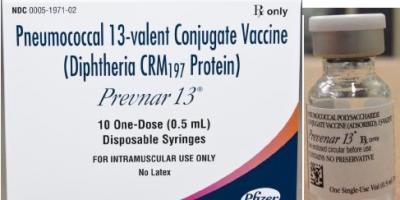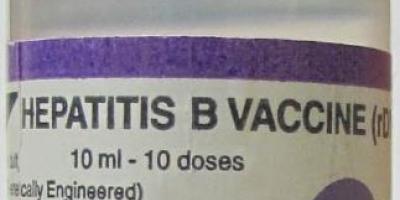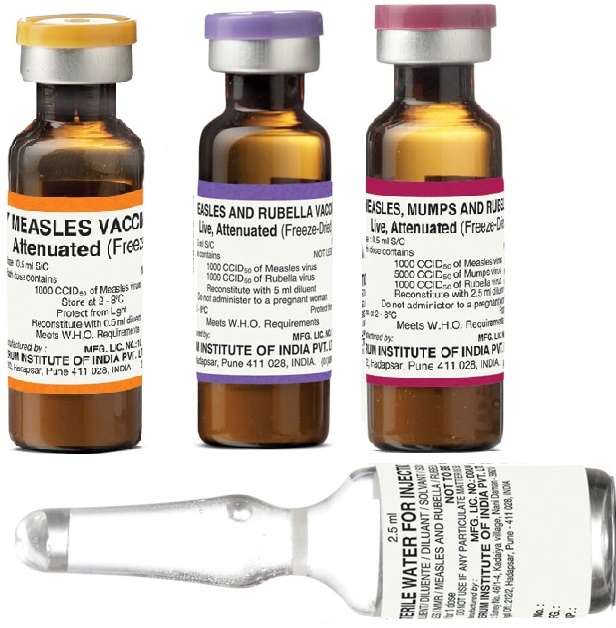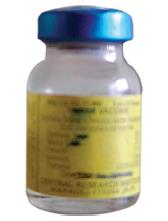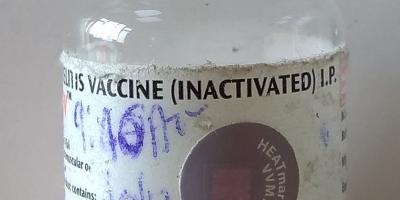RABIES VACCINE
Type of vaccine
Rabies vaccine (Fig. 4.14) is a killed vaccine. verorab insert
Two types of rabies vaccines are available; cell culture vaccines (CCVs) or Embryonated egg-based vaccine (EEV).
1. Cell Culture Vaccines
a) Human Diploid Cell Vaccine (HDCV), Liquid (Adsorbed), I.M dose; 1ml
b) Purified Chick Embryo Cell Vaccine (PCECV), I.M dose; 1ml
c) Purified Vero Cell Rabies Vaccine (PVRV), I.M. 0.5ml or 1ml (depends on the manufacturer)

